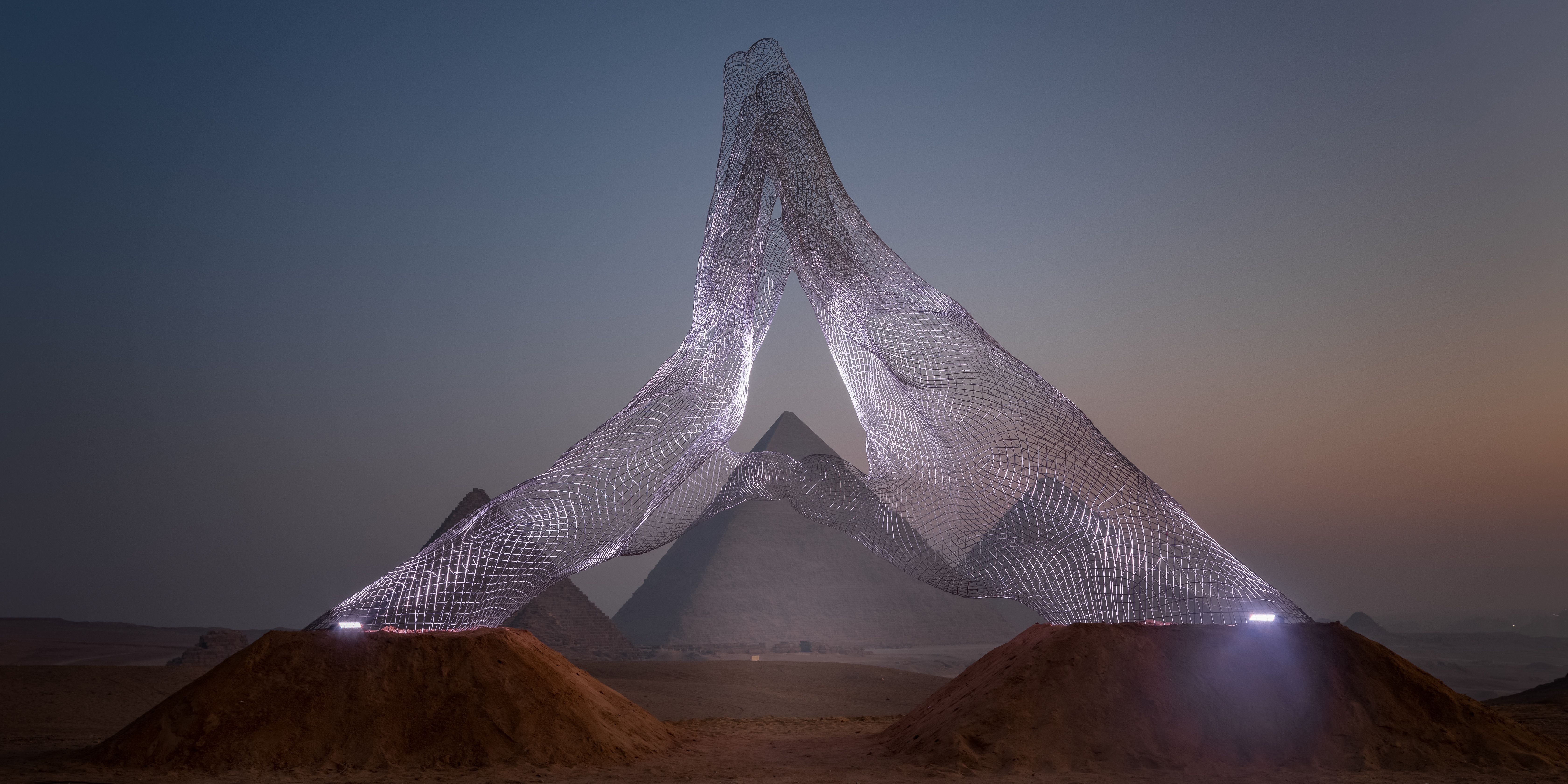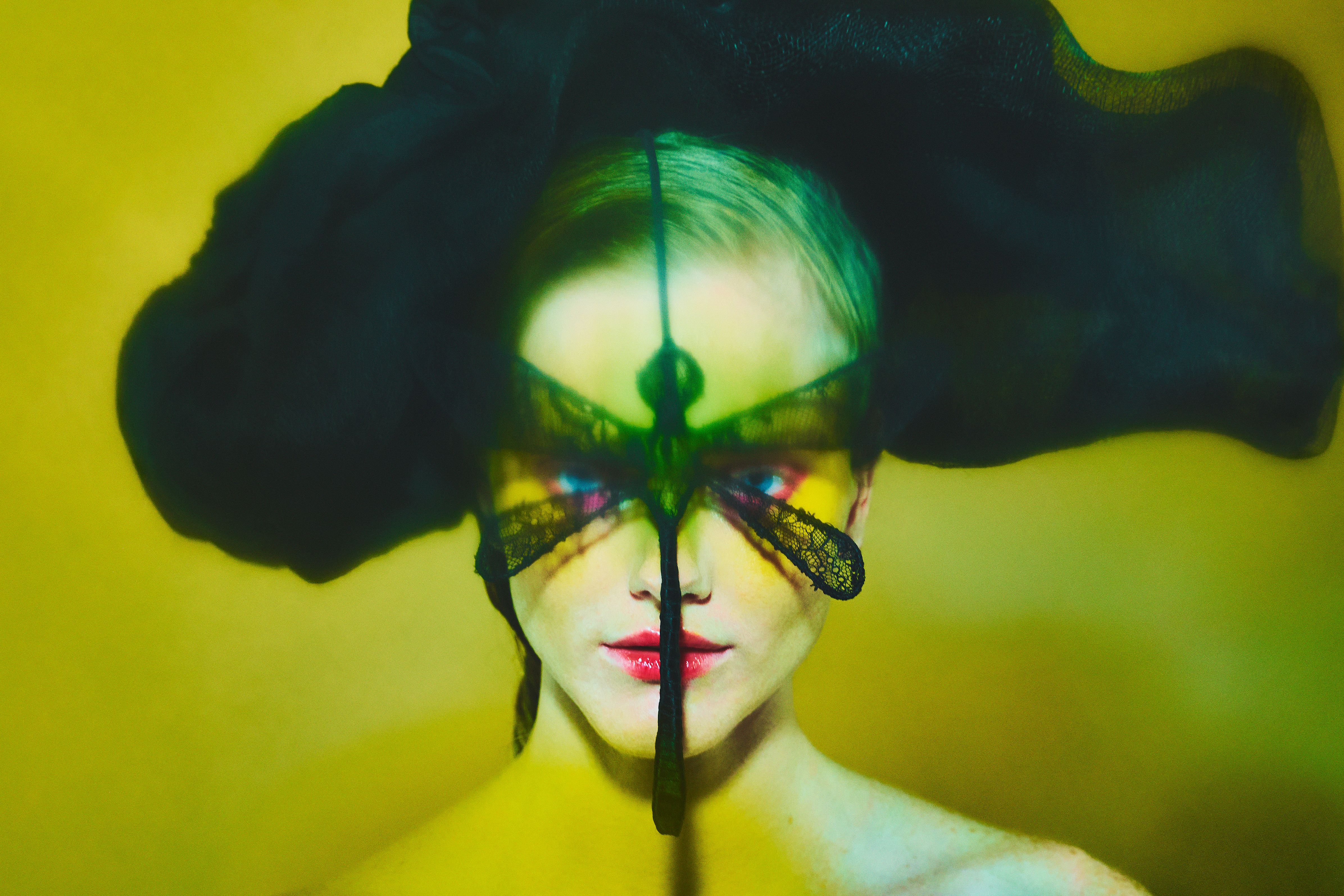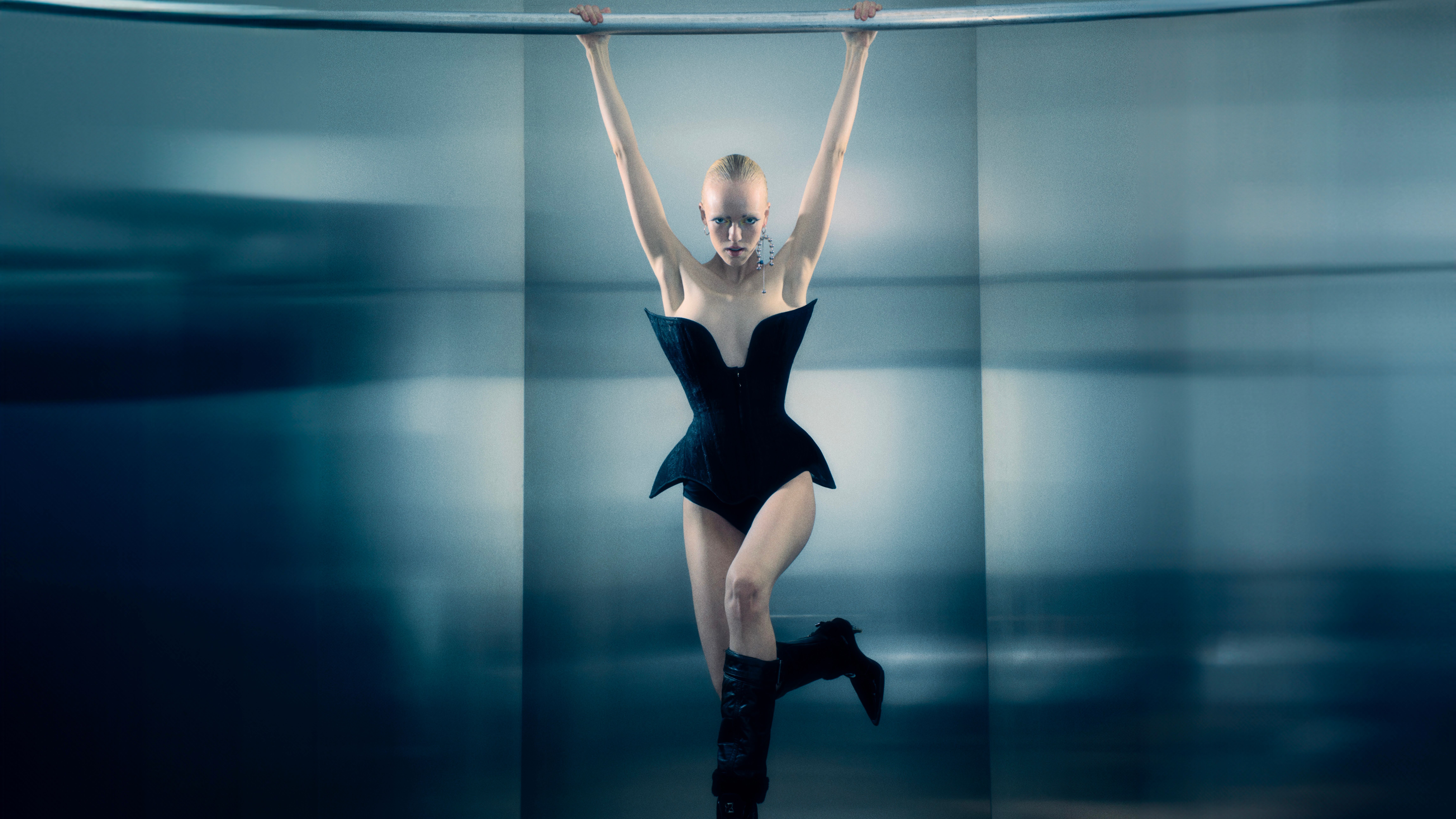For Lorenzo Quinn, sculpture is a tool through which he reveals everything. With a powerful and immediate visual language, the artist conveys universal messages of unity, responsibility, and trust in humanity. His monumental hands, a recurring symbol in his work, do not conceal but express. They embody the power to build, to love, to protect, as well as the destructive potential inherent in human nature. Quinn believes in an art that is accessible and sincere, capable of communicating without filters, with the aim of uniting rather than dividing. Each of his works is an act of clarity, an invitation to reflect and to act.
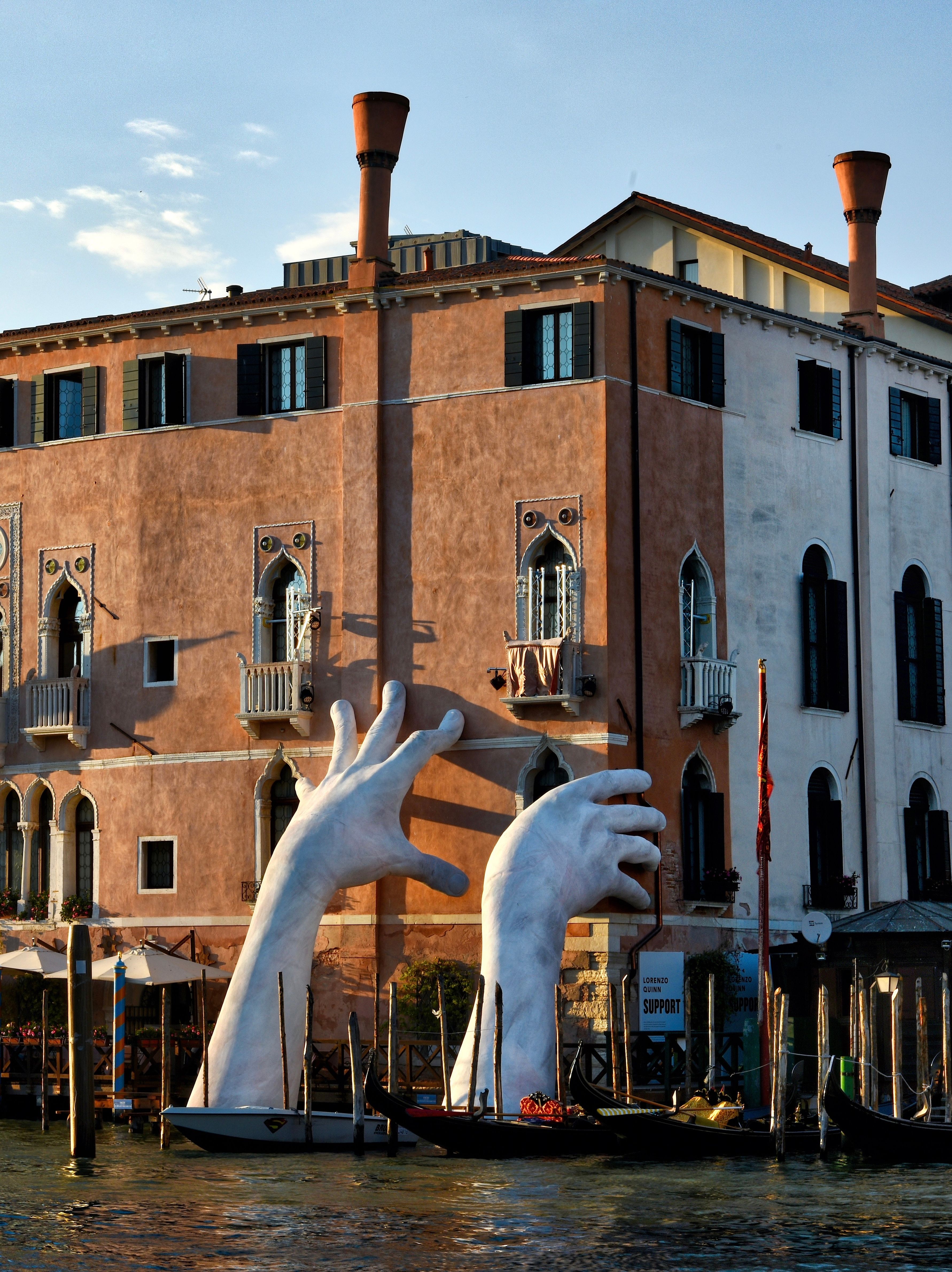
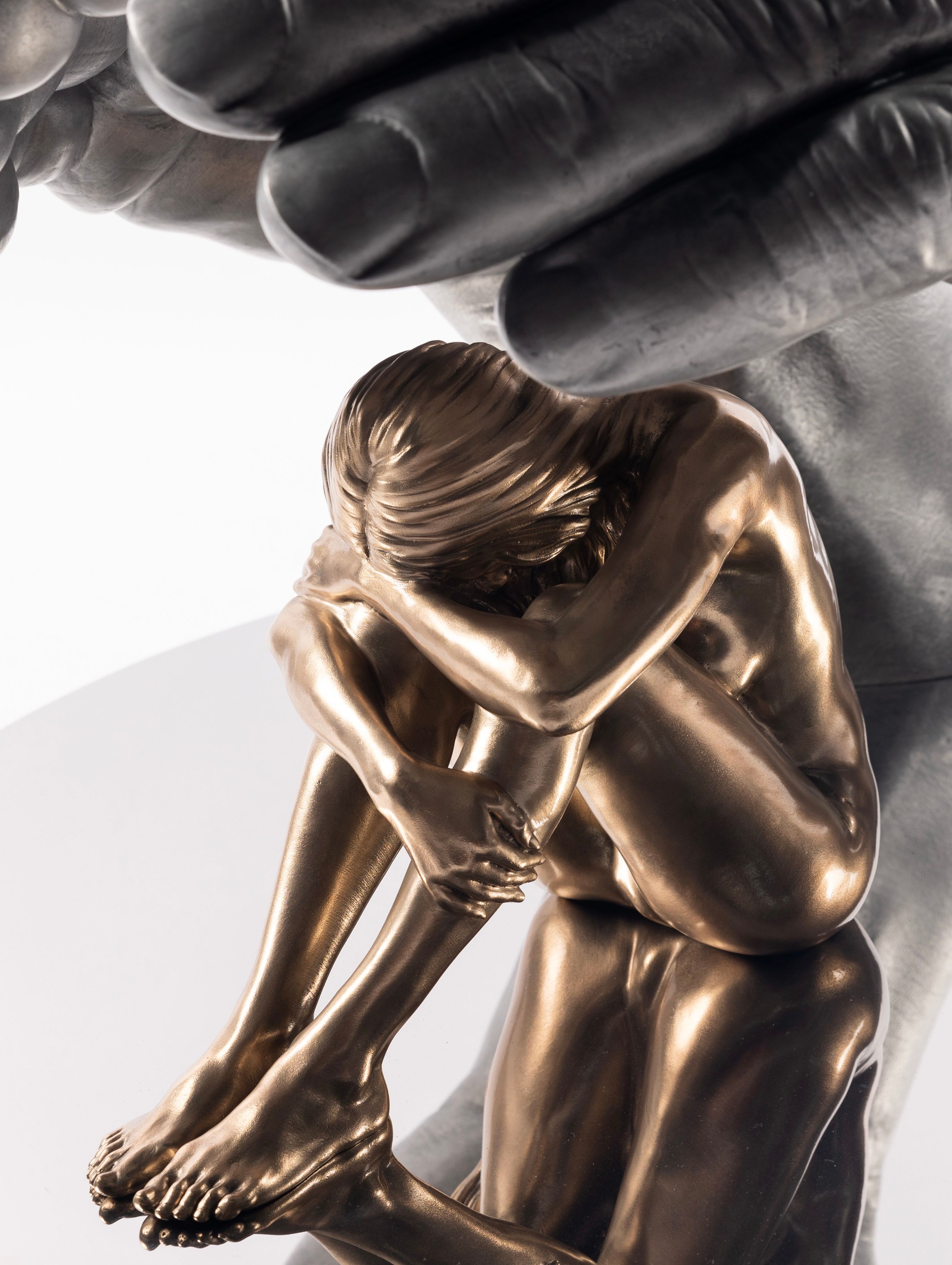
Lorenzo, I’m fascinated by where a sculpture truly begins for you. Does the idea come from observing a gesture, a daily situation, a place, or does it emerge unexpectedly, perhaps from a dream or the subconscious?
Honestly, it can come from all of these, depending on the piece. Sometimes I receive a commission with clear guidelines and direction, and a single word, adjective, or verb mentioned during that conversation can spark inspiration. Other times, when a sculpture originates entirely from me, without a commission, it might stem from something I’ve read or a message I feel compelled to share. For me, art is just that: an expression, a message, a materialization of an idea. Behind each of my works, there is always a message, often tied to unity, love for people, or love for nature, but always seeking to highlight the positive side. Ideas often arrive at the most unexpected moments: while flying, when I can disconnect from my phone and give myself space to read and think.
The new issue of Shot Magazine explores the duality between what we see and what remains hidden, between reality and illusion. In your art, where do you feel this boundary lies, if it exists at all?
Through my sculptures, I try to reveal everything, clearly. Some critics have challenged me on this, saying that my works are “too easy.” But when they say that, it actually makes me happy because it means my message is reaching people, that my sculptures are truly speaking to them. I want my works to be understood by a wide audience. I’m tired of a certain kind of art that promotes division and hate, often even in form, as if the uglier, more traumatic, or more controversial a piece is, the more valid it becomes. I love beauty, harmony, the idea of bringing people together, of celebrating humanity through art. A few weeks ago, a critic wrote about one of my sculptures, and it was clear he hadn’t understood it. People often say, “He only makes hands.” It’s true that I use hands often, but that’s not all I do. I create bodies and other forms too, but in certain countries, like those in the Gulf where I live in Dubai and Abu Dhabi, I can’t exhibit nude figures, and the hand becomes a perfect symbol for universal communication. For me, the hand is a tool to transmit clear messages, not to hide them.
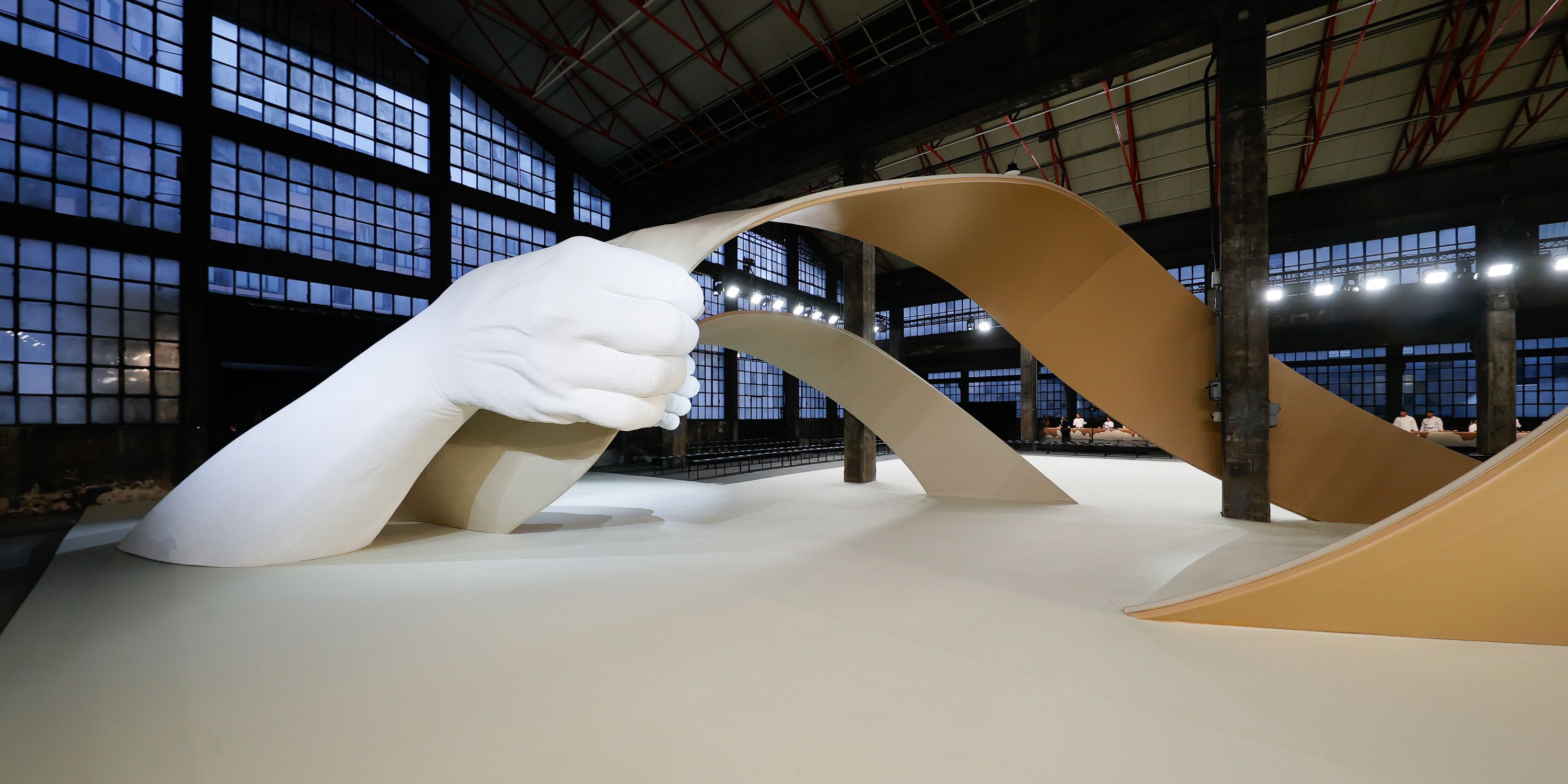
With Support in Venice, those monumental hands holding up a fragile building became a powerful symbol. What message did you wish to convey, and what do these hands say about the power we hold as human beings?
That sculpture was born as a statement supporting the fight against climate change, as well as pollution and the many negative human actions threatening our seas and lakes. Those hands were meant to convey precisely this: we, as human beings, have the power to create wonderful things, but also to destroy them. We must choose to use our hands to build, to elevate humanity, to support our heritage. Venice, in this sense, is the perfect symbol of what humanity is capable of creating. Support was a direct sculpture that was very successful, but what made me happiest was seeing how much the Venetians themselves appreciated it. Rightfully, they are critical and protective of their city, and knowing they valued that piece was an important acknowledgment for me. When we removed it, there was criticism because many wished it could remain there. Afterward, the sculpture was dismantled, and I chose to recycle it into three smaller works. I didn’t want to sell it, despite offers, because I didn’t want it to become a commercial operation. I wanted Support to remain tied to its story, to its message, and to end there.
You have stated that hands have the power to love, hate, create, and destroy. When sculpting these hands, what sense of responsibility do you feel, knowing they embody all these powers?
When I create these hands, I feel the responsibility to craft an image that can speak to people immediately, because sometimes an image is worth more than a thousand words. I didn’t know how the public would react, but I was certain it would have a strong impact because I believe it’s necessary to communicate, even with different gestures that can shake and prompt reflection. With Support, for example, the image of those hands submerged in water, holding up a beautiful building, was powerful. I wanted it to be exactly that: an image capable of stirring people, of reaching them directly. And I was lucky, because sometimes you envision a piece in a certain way, and it doesn’t turn out as you hoped, but in that case, I believe it was a successful work.
You draw inspiration from classical forms yet live and create in the present. How do you manage to make the past and the contemporary converse in your work, and what do you find most stimulating about this encounter?
You know, I like to imagine what Leonardo would do if he were alive today. He was a genius who invented tools and techniques because they didn’t exist yet, and I think he would have a great time with today’s technology. I’m fascinated by classical works, Renaissance artists, Greek sculptors like Phidias, and the harmony and balance their works convey. This is what inspires me most and what I always try to bring into my sculptures. Of course, we live in a different time, and our working methods have changed. I’ve seen an enormous transformation in my creative process compared to forty years ago. Back then, creating an eight- or ten-meter sculpture meant building it entirely by hand, with long and complex timelines. Today, I can start a piece on a smaller scale, use scanning and large-scale printing, and then complete it by hand. I use technology, but I never forget the importance of harmony, aesthetics, and beauty, which for me remain fundamental.
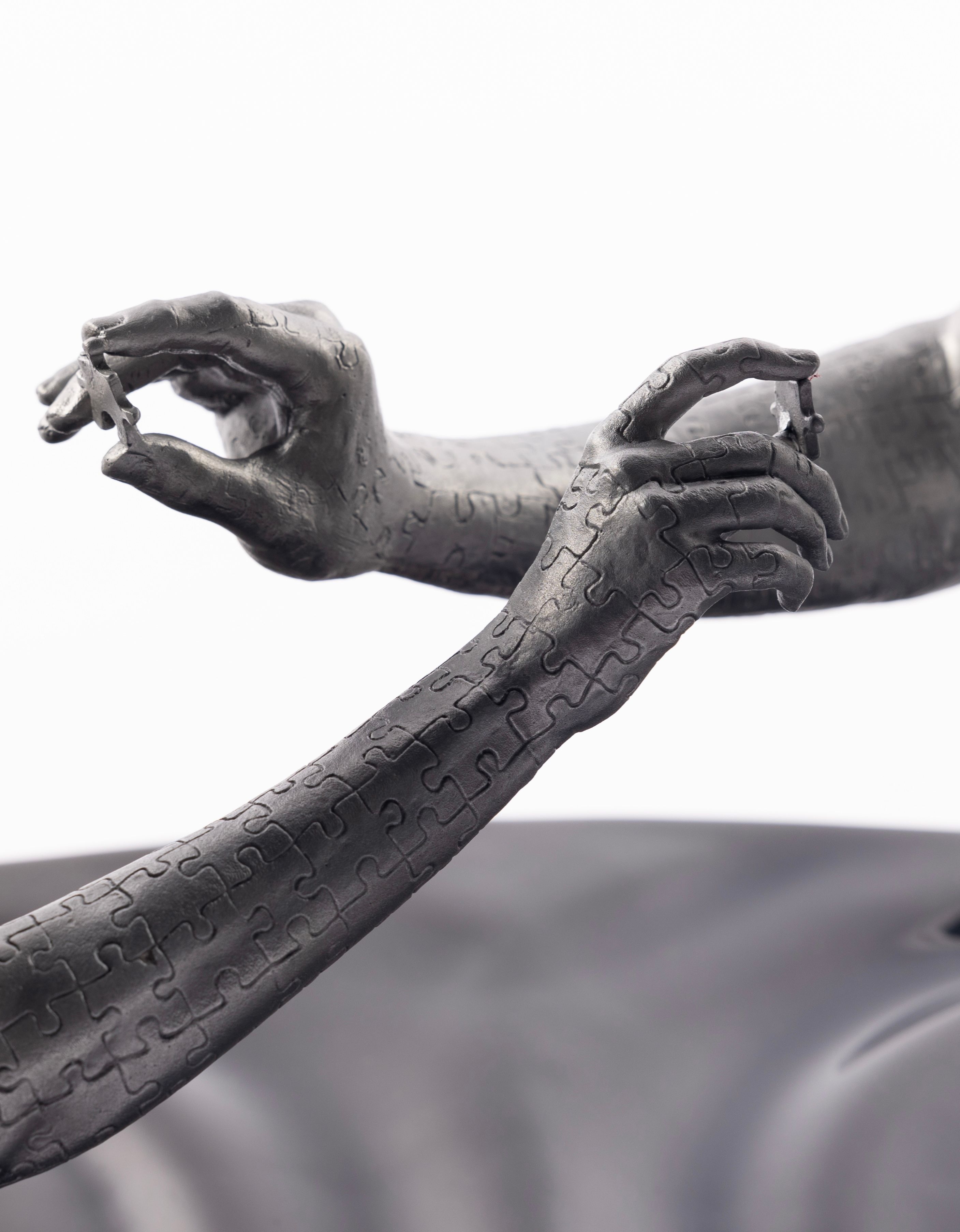
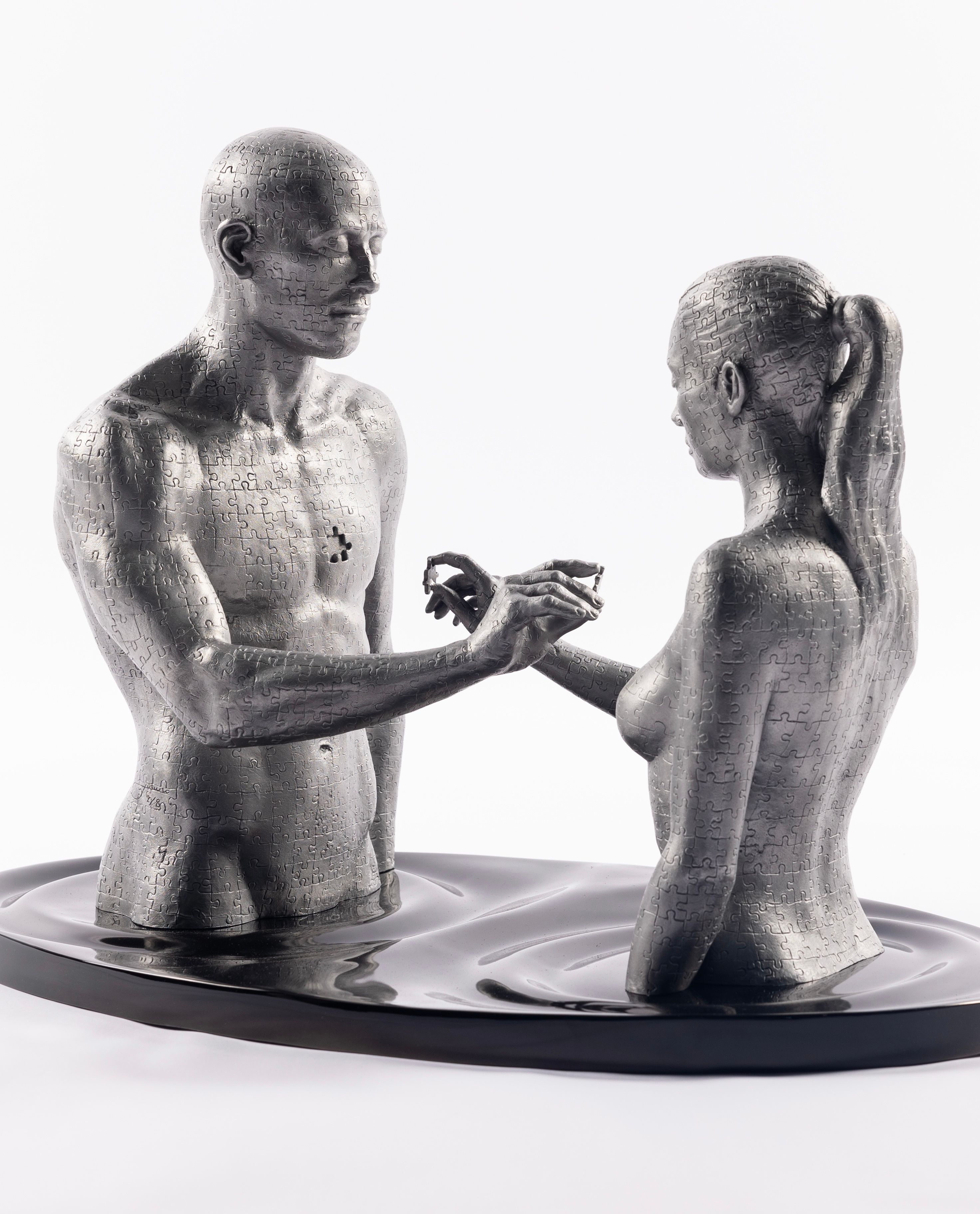
After so many years in your career, do you still find yourself feeling emotional or surprised when looking at your own sculptures?
I think you’ll find very few artists who would say yes because being an artist also means being your own harshest critic. You can never look at your work and say, “I’ve created a masterpiece.” Others might say it, but I would never call a piece perfect because I always think I could improve it further, push it one step further. However, there comes a moment when you have to call it done and tell yourself, “This is good enough; it’s time to finish and present it.”
In You Complete Me, two fragmented figures hold the last piece of a puzzle between them, as if completing each other. What do these fragments represent for you, and what does the act of becoming whole through another mean to you?
Exactly, it represents the soul, the moment when you truly give yourself to another person, when you offer your heart. The last piece of the puzzle is placed directly over the heart because that is where this act of mutual completeness happens. When you give your heart and soul to someone, you complete yourself through the other.
If you could speak to the Lorenzo who had just decided to embark on this path, what would you tell him today?
That’s a good question. I would tell him that it will be a beautiful journey, full of satisfaction, but it won’t be easy. I always tell young people today that it takes a lot of courage, especially self-belief, and that they shouldn’t expect immediate rewards. We live in the era of TikTok, fifteen-second videos, and instant gratification, but art doesn’t work that way. To create a work like Support in 2017, I had already begun working in 1988. It took years to get there. You need to have genuine passion, the desire to keep working, to believe in yourself, and to hope that one day the results will come. And even if they don’t come exactly as you imagined, if you are doing what you love, you will be happy nonetheless
